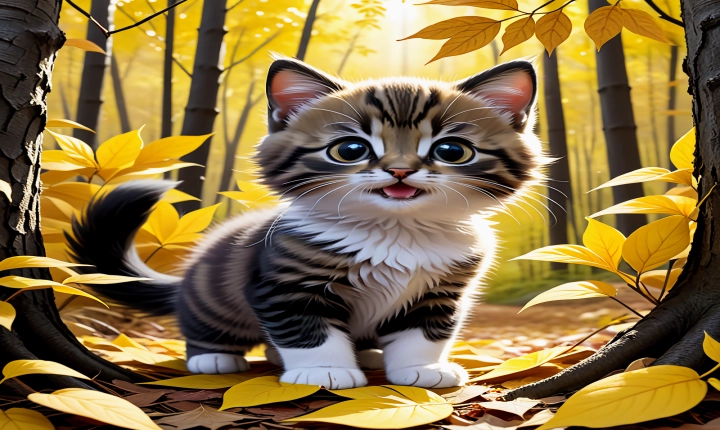How to Ask ChatGPT to Generate Images
As the field of artificial intelligence continues to advance, the capabilities of AI models have expanded beyond simple text generation. One prominent example is ChatGPT, a language model developed by OpenAI that is renowned for its natural language processing abilities. In addition to generating text, ChatGPT has the power to produce images based on textual descriptions. This opens up a world of creative possibilities for users who want to visualize their ideas in a quick and efficient manner.
Here are some tips on how to effectively ask ChatGPT to generate images:
1. Provide Clear Descriptions: When asking ChatGPT to create an image, it’s important to provide a clear and detailed description of what you have in mind. The more specific and precise your instructions are, the better the chances of getting an accurate representation. For example, if you want ChatGPT to generate an image of a beach at sunset, include details such as the color of the sky, the presence of palm trees, and the reflection of the sun on the water.
2. Use Adjectives and Adverbs: Incorporating adjectives and adverbs into your descriptions can help ChatGPT understand the mood, atmosphere, and visual elements you want to convey. Instead of simply requesting an image of a mountain, you could specify that you want a serene, misty mountain surrounded by pine trees and a winding river.
3. Reference Visual Elements: If there are specific visual references or inspirations you have in mind, mention them when instructing ChatGPT. Whether it’s a famous painting, a particular landscape, or a type of architecture, providing visual references can help guide the AI’s image generation process.
4. Be Open to Interpretation: While clarity is important, it’s also beneficial to allow some leeway for ChatGPT’s creative interpretation. AI models like ChatGPT excel at combining and synthesizing various visual elements, so embracing unexpected results can lead to interesting and unique images that you may not have initially considered.
5. Experiment with Different Prompts: To explore a wide range of images, experiment with different prompts and variations of your descriptions. Try altering the lighting, changing the season, or adjusting the perspective to see how ChatGPT responds and generates images.
6. Provide Feedback: ChatGPT’s image generation capabilities can improve over time with user feedback. If the generated images align closely with your vision, express your satisfaction. On the other hand, if the results diverge from your expectations, provide constructive feedback to help refine the AI’s understanding and performance.
7. Respect Copyright and Intellectual Property: When utilizing images generated by ChatGPT, it’s essential to respect copyright and intellectual property rights. Ensure that the images are used in accordance with applicable laws and regulations, especially if they are intended for commercial or public use.
In conclusion, ChatGPT’s ability to create images based on textual descriptions represents an exciting opportunity for a wide range of applications, including content creation, design, and artistic expression. By following the tips outlined above, users can harness the full potential of ChatGPT’s image generation capabilities to bring their ideas to life in a visually compelling manner. With continued advancements in AI technology, the potential for creative collaboration between humans and AI continues to expand, opening new frontiers of innovation and imagination.
